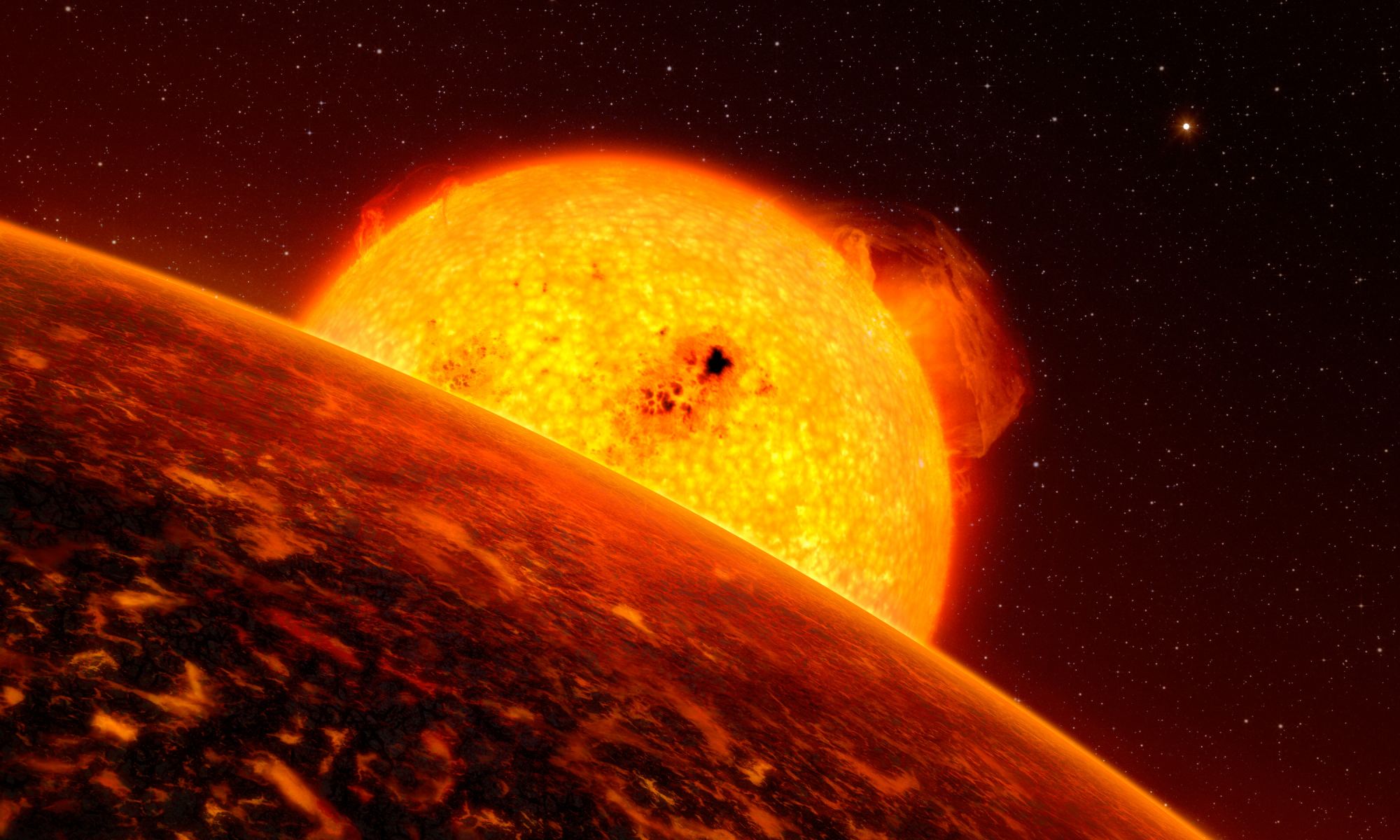
December 12, 2024 by Brian Koberlein
Collected at: https://www.universetoday.com/170088/early-earths-oceans-of-magma-accelerated-the-moons-departure/
The Earth and Moon have been locked in a gravitational dance for billions of years. Each day, as the Earth turns, the Moon tugs upon the oceans of the world, causing the rise and fall of tides. As a result, the Earth’s day gets a little bit longer, and the Moon gets a little more distant. The effect is small, but over geologic time it adds up. About 620 million years ago, a day on Earth was only 22 hours long, and the Moon was at least 10,000 km closer than it is now.
Evidence for this evolving dance in the geological record only goes back about two billion years. Beyond that, the Earth was so very different that there simply isn’t enough evidence to gather. So, instead, we must rely on computational models and our understanding of dynamics. We know that when the Earth formed, it had no large moon. Then, about 4.4 billion years ago, a Mars-sized protoplanet named Theia collided with our world to create the Earth-Moon system. What’s interesting is that most of the computer simulations for this collision generate a Moon that is much closer to the Earth than we’d expect. Early Earth didn’t have vast oceans, so there were no water tides to drive the Moon to a larger orbit. So how did the Moon get to its present distance?

A new study argues that back then the Earth did have tides, but they were made of lava, not water. Just after the Great Collision, Earth would have been covered in an ocean of hot lava. With the Moon so near, the lava would have experienced strong tides. Since lava is much denser than water, the effects of the tide would have been much greater. The Earth’s rotation would have slowed down much faster, and the Moon would quickly become more distant. Based on their simulations, the authors argue that the Moon’s distance would have increased by 25 Earth-radii in just 10,000 to 100,000 years. This would explain how the Moon moved towards its present distance range rather quickly.
The idea of tides on an ocean world also has implications for planets around other stars. Planets that form very close to their sun would be extremely hot, and many of them could have lava oceans for a billion years or more. Simulations of such worlds show that lava tides would accelerate the spin dynamics of such a world and could cause them to become tidally locked on a million-year timescale instead of a billion-year timescale. If this model is correct, it would have a significant impact on potentially habitable worlds. Most exoplanets orbit red dwarf stars, since red dwarfs make up about 75% of the stars in our galaxy. The habitable zone of red dwarfs is very close to the star, meaning that many of them would have begun as lava worlds. This would mean most potentially habitable worlds would have one side always facing the sun, while the other side is forever in the cold. Life on these worlds would be very different from what we see on Earth.
Reference: Farhat, Mohammad, et al. “Tides on Lava Worlds: Application to Close-in Exoplanets and the Early Earth-Moon System.” arXiv preprint arXiv:2412.07285 (2024).

Leave a Reply